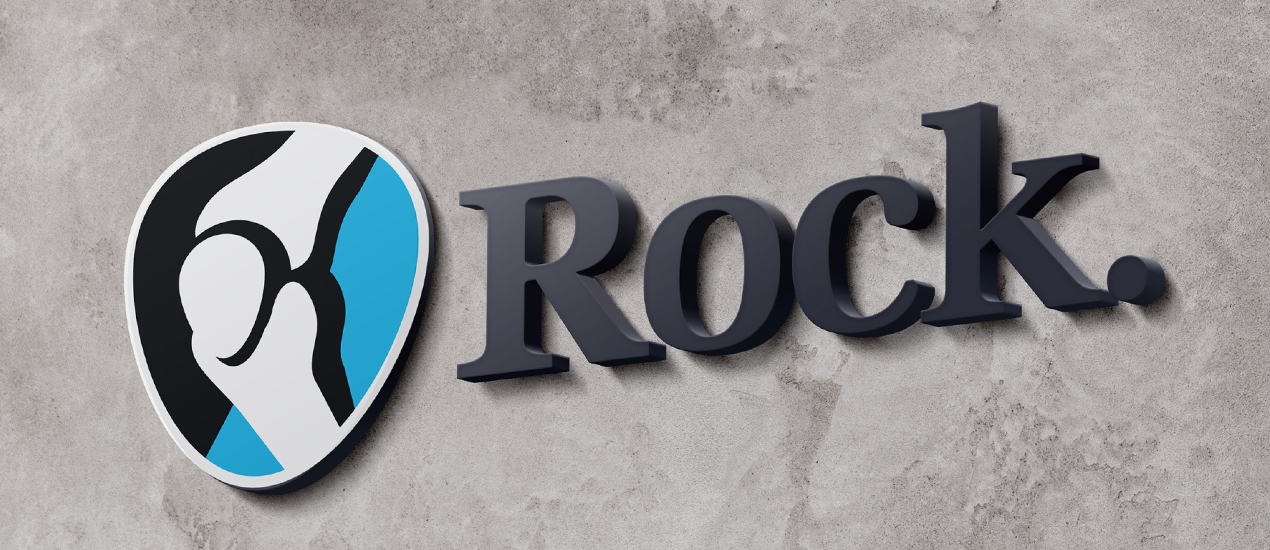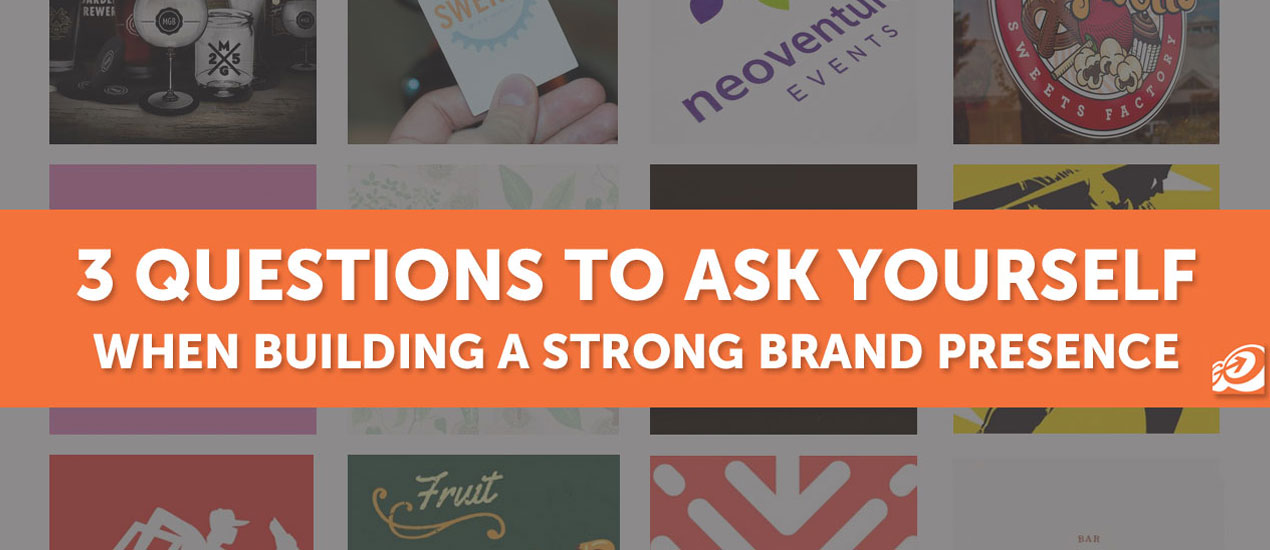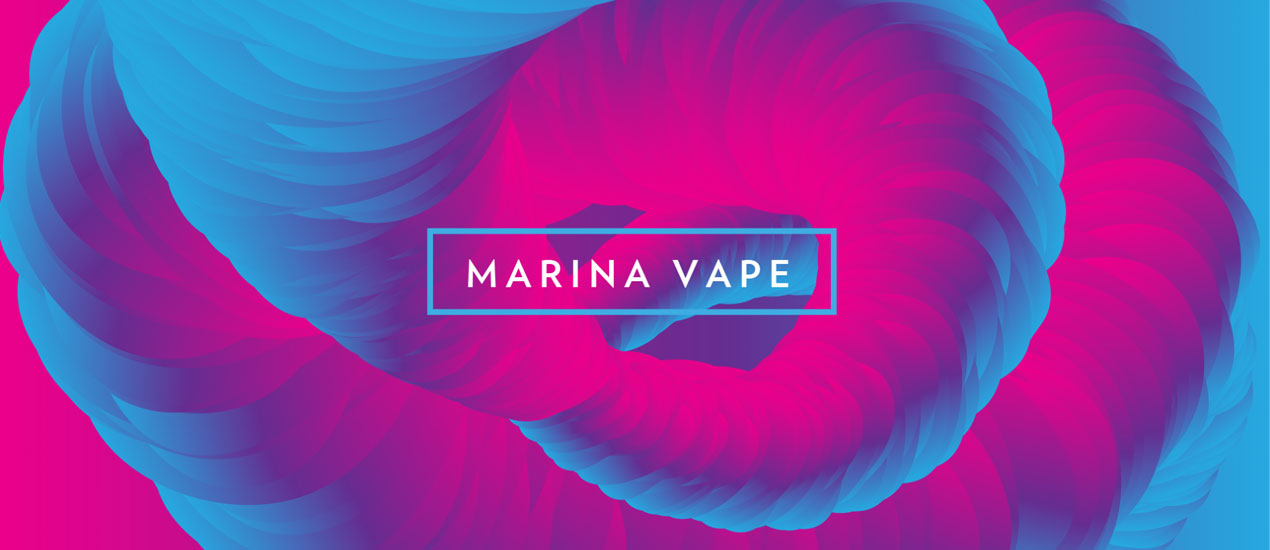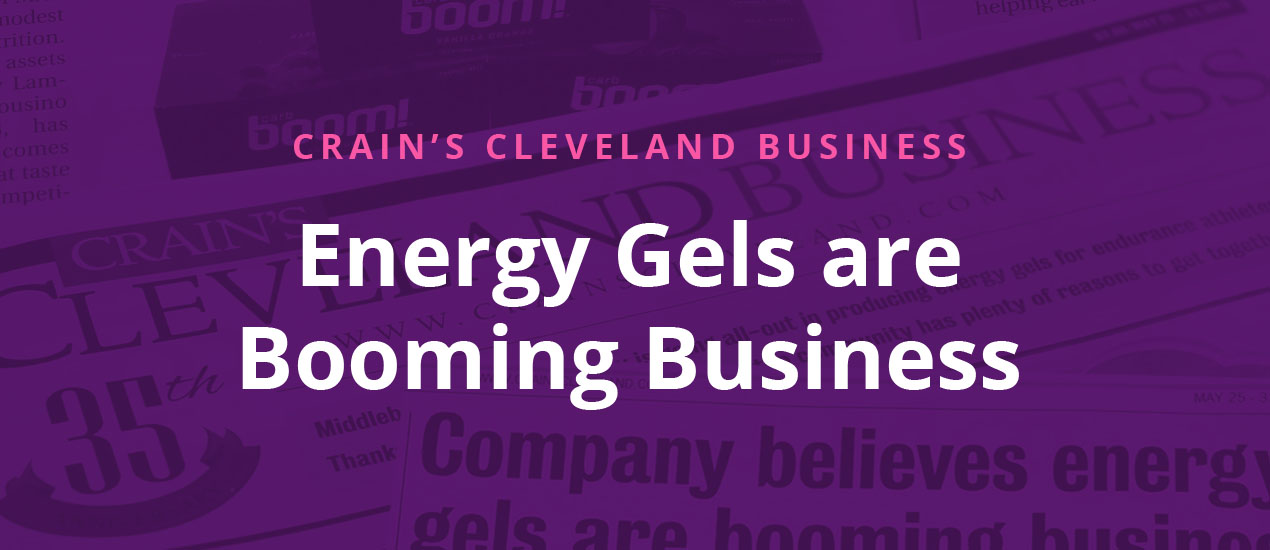branding
Portfolio Spotlight: Rock Medical Branding & Website
Go Media is so honored to have had the pleasure to work with Rock Medical, the premier Orthopedic Consulting Team here in Northeast Ohio, on their logo and website design. Over the past 16 years Rock Medical has served it’s…
- Categorized: News
- Tagged: branding, logo design, go media, internet marketing, web development
How Do You Know It’s Time for a New Logo?
How to Know It Is Time for a New Logo One question we get all the time here at Go Media is: “How do I know it’s time for a new logo?” Today, our President, William Beachy, is addressing this…
- Categorized: Graphic Design, Business Insights
- Tagged: branding, logo design, small business
3 Questions to Ask Yourself When Building a Strong Brand Presence
How to Build a Brand What is your brand? Who is your brand? And why should we care? Developing a brand is more than just your logo. A brand represents everything you are as a company. Everything that you say and…
- Categorized: Graphic Design
- Tagged: branding, logo design
Growing Your Brand with Influencer Marketing: 15 Top Design Examples for Inspiration
Influencer Marketing: Growing Your Brand The era of micro-influencers is here. With the proven efficiency of the influencer campaigns in reaching the highest possible engagement numbers, no wonder that every day you see more and more people in your Instagram…
- Categorized: Inspiration
- Tagged: branding, internet marketing
3 Tips to Approaching Design Work with Jon Phenom
My Top Three with Jon Phenom Jon Phenom, apparel designer and brand director for BLVD Supply, has been advising entrepreneurs on how to create and grow their fashion and clothing lines for over ten years. You can find him doling out…
- Categorized: Graphic Design
- Tagged: apparel, branding, Graphic Design
Portfolio Spotlight: Très Chic Salon Branding
Très Chic Salon Branding Go Media was approached by stylist Katie Skillman, who was on a mission to turn her passion for hair education & styling into her dream business – a Cleveland local salon known as Très Chic. During…
- Categorized: News
- Tagged: branding, logo design, internet marketing, Cleveland graphic design, Cleveland logo design
Why You Should Increase Your Graphic Design Budget
Knowing when to increase your design budget The graphic design of your business is intricately tied to your overall company’s image and branding strategies. The last thing you want is to use outdated logos or designs that make you look…
- Categorized: Graphic Design
- Tagged: branding, logo design, internet marketing
Portfolio Update: Marina Vape
Marina Vape – Product Line Branding Over the course of a year, we had the privilege of working with e-liquid company, Marina Vape. The name of the game for these projects was building a visual brand around different flavor concepts.…
- Categorized: News
- Tagged: branding, logo design
Check out the CLEbaby Branding Project!
The Project: CLEbaby branding The team here at Go Media had an absolute blast working on the CLEbaby branding project. Please check out the work we did below and learn more about CLEbaby, Cleveland’s premier resource for birth and postpartum…
- Categorized: News
- Tagged: branding, logo design
5 Time Saving Video Strategies
Video Production Strategies: Time Saving Tips and Tricks If you are like me, you use video as a marketing tool for your design studio. Building a video series for your brand or business is no small task. It takes someone…
- Categorized: Graphic Design
- Tagged: branding, internet marketing
5 Ways to Further Your Reach
Expanding Your Brand Presence: 5 Tips Are you feeling a stagnant air in your business? Strategy planning is a key element of any business, so here are 5 simple ways to further your reach! How to Further Your Reach 1.…
- Categorized: Graphic Design, Business Insights
- Tagged: branding, logo design, Graphic Design, small business, internet marketing, content marketing
Branding Cleveland’s Own Forest City Shuffleboard
Cleveland Design Firm Go Media helps to develop Forest City Shuffleboard brand Based on the success of their original shuffleboard business in Marblehead Ohio (the Erie Social), owners Jim and Kari looked to elaborate on their concept by venturing to…
- Categorized: News
- Tagged: branding, cleveland, inspiration, logo design, Graphic Design, go media
How to Become a Brand Owner Rather Than a Retailer
When selling a product, the first option that may spring to mind is to become a retailer for that item. However, you also have the potential to become a brand owner — the person or group that holds intellectual property…
- Categorized: Graphic Design, Business Insights
- Tagged: branding, small business, internet marketing, e-commerce
Why Your Company Should Be Branding on the Internet
How Strategic Branding Can Help your Business One way to stand out from the competition and make a mark on the internet for your business is through strategic branding. You’ve likely noticed branding via offline platforms, which is when companies…
- Categorized: Graphic Design, Business Insights
- Tagged: branding, seo, small business, internet marketing, content marketing
How Branding and Logo Design Can Instantly Transform Your Brand Identity and Recognition
Shell, Nike, Coca-Cola, Apple, Adidas. What do these four brands have in common apart from that the fact that they are behemoths in their respective industries? Distinct and instantly recognizable logos. These are just some examples from a plethora of…
- Categorized: Graphic Design, Business Insights
- Tagged: branding, logo design, small business
Inspiration of the Day: 10/19/2016 – Sports Branding and Design
Sports Branding Inspiration Every Wednesday, we scour the web for the best in inspiration from designers killing it at their craft. Please enjoy this incredible art and join us on Pinterest, where we’re dedicated to collecting our own work, as…
- Categorized: Inspiration
- Tagged: branding, go media's arsenal
Hey Entrepreneurs: This Video on Finding New Ideas is a Must-Watch
How to Come Up With Great Business Ideas Cleveland’s Kumar Arora is an entrepreneur, designer, marketer and investor behind many notable startups and brands.
- Categorized: Graphic Design, Business Insights
- Tagged: branding, cleveland, small business, internet marketing
Go Media: We’ve Got Your Branding Colored!
The impact of color on your company Color is one of the simplest, most primitive forms of communication on earth. It’s also one of the most effective and yet, our Cleveland branding experts know, it’s one of the most commonly-overlooked.…
- Categorized: Graphic Design, Inspiration
- Tagged: branding, internet marketing, Cleveland logo design
Business Branding Strategy: What’s Your Name Again?
Those who study literature have heard the line, “A rose by any other name would smell as sweet.” But those who study branding know the real question is: Would the rose still sell? Branding truth: Monikers matter. The name of a company is either going…
- Categorized: Graphic Design
- Tagged: branding, logo design, small business
Social Networking 101 – A Newbie’s Guide to Guaranteed Success
Even if you are living under a rock, you know that you can’t escape social media. As a small business owner, you simply a) shouldn’t live under a rock, and b) should embrace the powers that be…social media.
- Categorized: Business Insights
- Tagged: branding, small business, internet marketing
Creators. Doers. Makers. – WMC Fest Episode 3: Michael Cavotta
The WMC Fest Creators. Doers. Makers. Series Our new video series highlights remarkable makers and designers that inspire and motivate us to create greatness. Episode Three puts the spotlight on Michael Cavotta, a featured speaker and workshop leader at the best…
- Categorized: Graphic Design
- Tagged: branding, cleveland
Designing a Kick-Ass Logo? Here are 7 Mistakes to Avoid
Mistakes to Avoid When Designing a Logo When you think of great products or companies, the visual image that forms in your mind is probably that of their mark; McDonald’s golden arches, Nike’s Swoosh and Coca-Cola’s wave. The inherent value…
- Categorized: Graphic Design
- Tagged: branding, logo design, Graphic Design, go media
Energy Gels are Booming Business
Boom! Energy Gel Branding Carb Boom! Energy Gels, that is. Carb Boom Sports Nutrition Inc., founded in 2000, has recently developed Carb Boom! Energy Gels, a fruit-based, high-carbohydrate product that, according to CEO Lammers and partner Mike Cousino, had a…
- Categorized: Graphic Design, Business Insights
- Tagged: branding, logo design, go media, small business
The Branding Process: 4 Steps to Success
Steps involved in Branding Process Now that you’re fully educated on the difference between logo design and branding, you’re probably coming to a realization. And that understanding might be something like this, “Bill, I really need more than a logo. I…
- Categorized: Graphic Design, Business Insights
- Tagged: branding, logo design, small business























